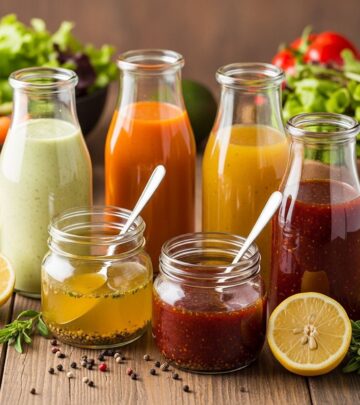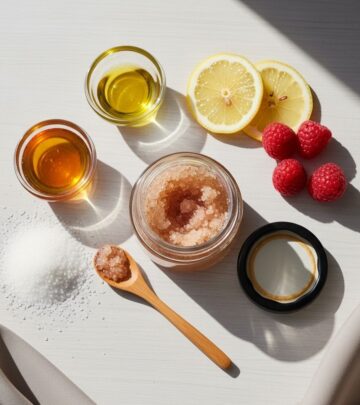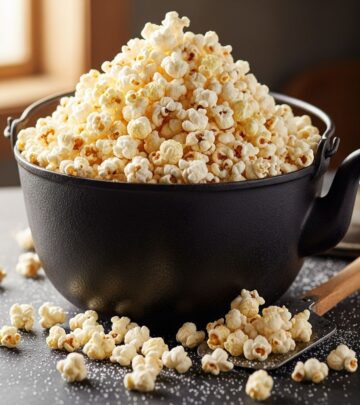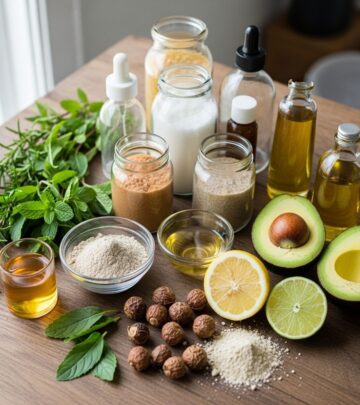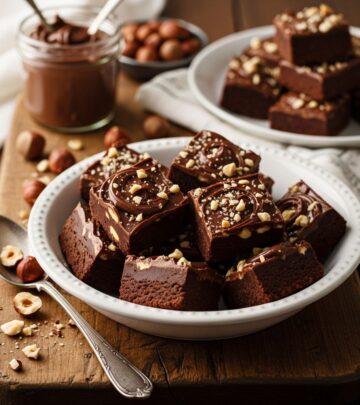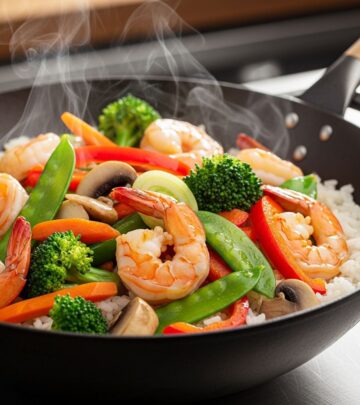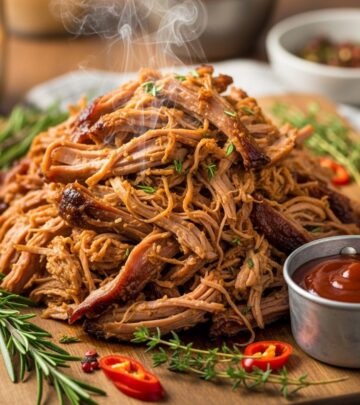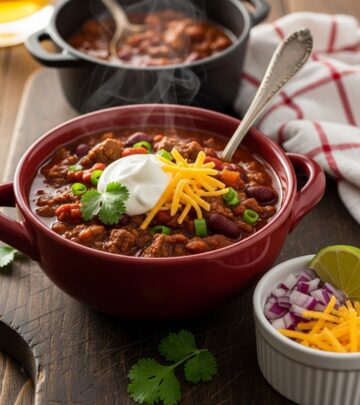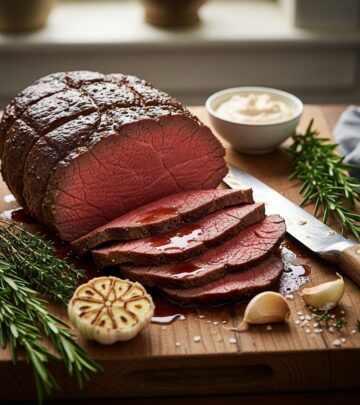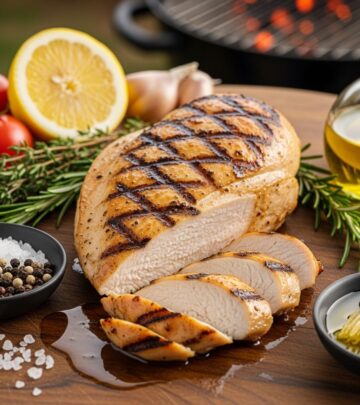Pupusas Recipe: Classic Salvadoran Guide With 4 Easy Steps
Discover authentic flavors and step-by-step secrets to crafting delicious handmade treats.
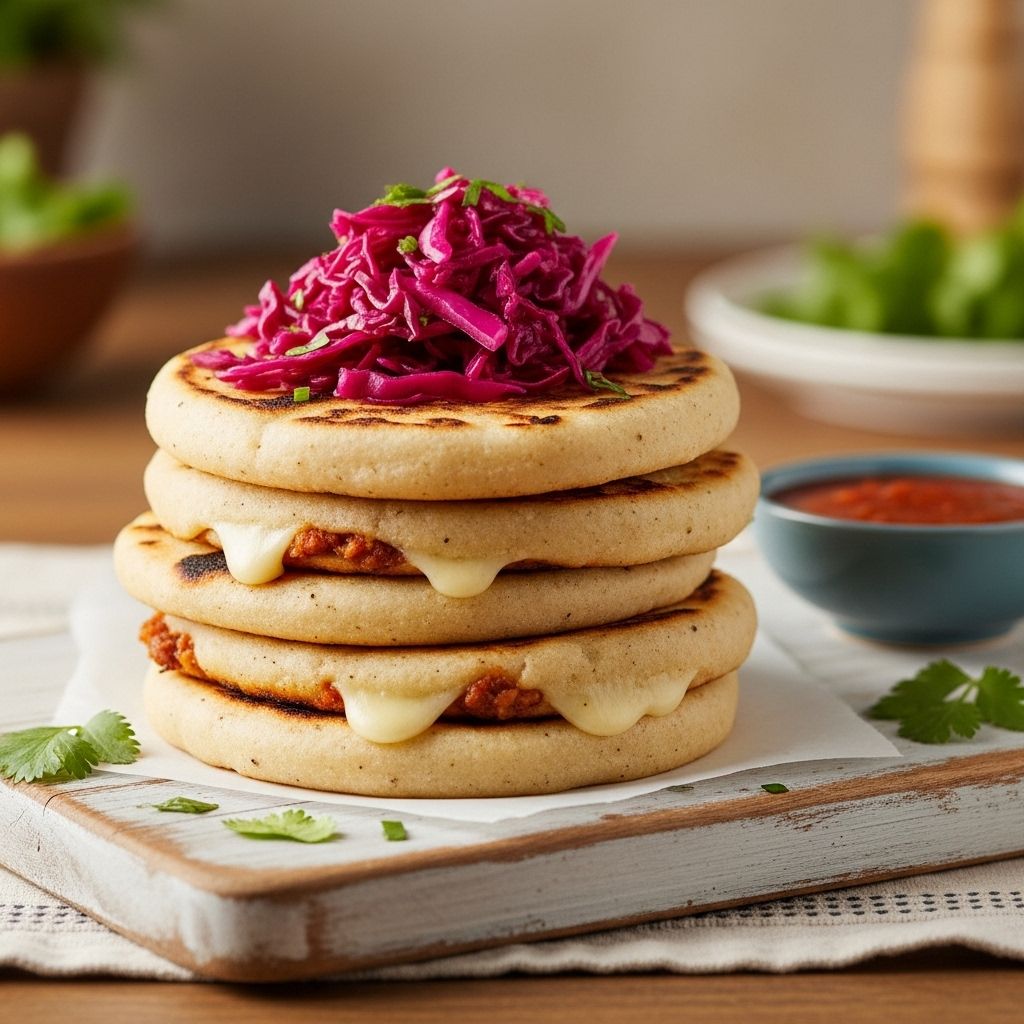
Image: HearthJunction Design Team
How to Make Classic Salvadoran Pupusas: A Complete Guide
Pupusas are the national dish of El Salvador — thick, griddled corn tortillas filled with cheese, beans, meats, or vegetables, and served hot, often alongside the tangy curtido slaw and a savory tomato salsa. Loved for their comforting flavor and versatility, making pupusas from scratch is a rewarding process that brings the vibrant flavors of Central America to your table. This guide walks you through every step, from selecting ingredients to serving tips and expert answers to common questions.
What Are Pupusas?
Pupusas are hand-shaped corn cakes with a savory filling, typically enjoyed as street food, family meals, or festive gatherings throughout El Salvador and beyond. Traditionally made with masa harina dough, they are stuffed, sealed, and then cooked on a hot griddle.
- Origin: El Salvador
- Texture: Crisp outside, soft inside
- Core Fillings: Cheese, beans, pork, vegetables
- Common Accompaniments: Curtido (pickled cabbage slaw), tomato salsa
Ingredients Overview
To make basic Salvadoran pupusas, you need a handful of pantry staples — with many options for customizing your fillings:
- Masa Harina: Finely ground corn flour; the base of traditional pupusas
- Salt: For flavoring the dough
- Warm Water: Hydrates the masa harina for pliable dough
- Fillings:
- Cheese: Mozzarella is common, but any melting cheese works
- Beans: Refried beans or black bean paste
- Optional: Cooked pork (chicharrón), squash, jalapeño, or loroco (Salvadoran edible flower)
If you’re interested in creating a variety of delicious dishes with homemade masa, consider checking out our comprehensive guide on making gorditas. This resource expands your skill set and allows for diverse culinary adventures beyond pupusas! - Oil: For greasing hands and cooking pupusas
| Ingredient | Quantity | Notes |
|---|---|---|
| Masa Harina | 3 cups | Fine corn flour (not cornmeal) |
| Salt | 2 teaspoons | Enhances flavor |
| Warm Water | 2 ¾ cups | For dough hydration |
| Mozzarella Cheese | 1 cup, shredded | Any melting cheese works |
| Refried Beans | 1/2 cup | Pre-cooked or canned |
| Oil | 2 tablespoons | For cooking |
Step-by-Step Instructions
1. Prepare the Masa Dough
- In a large mixing bowl, combine the masa harina and salt.
- Add the warm water gradually. Mix with a spoon until a thick paste forms. Switch to kneading with your hands.
- Knead for 2-3 minutes, until smooth and pliable. Let the dough rest for 5 minutes, covered with a damp towel to prevent drying out.
2. Divide and Shape the Dough
- Divide the dough into 12-14 equal pieces. Roll each piece into a ball (about the size of a golf ball).
- Lightly oil your hands, or dip them in a mixture of water and oil to prevent sticking.
- Working with one ball at a time, flatten it gently into a disk about ½ inch thick.
- Make an indentation in the center using your thumbs to create a ‘cup’ for the filling.
3. Add the Fillings
- Place a teaspoon of beans and a generous tablespoon of shredded cheese in the center.
- Pull the edges over the filling to seal it completely, pinching and rolling gently to form a ball again.
- Flatten the ball into a thick disk (about 4 inches in diameter). Take care not to expose the filling.
4. Cook the Pupusas
- Heat a non-stick or cast iron skillet over medium heat. Add a thin layer of oil and spread evenly.
- Place 2-3 pupusas in the skillet, ensuring they do not touch. Cook for 3-4 minutes per side, until golden brown spots develop and the dough is cooked through.
- Repeat with remaining dough, keeping finished pupusas warm on a tray in a low oven (200°F or 95°C).
Serving Suggestions
The classic way to enjoy pupusas is with tangy curtido (Salvadoran cabbage slaw) and a ladle of tomato salsa, which complement the rich, cheesy filling.
- Curtido: Finely shredded cabbage, carrots, and onions, fermented or pickled with vinegar and spices.
- Tomato Salsa (Salsa Roja): Smooth tomato sauce flavored with cilantro, onion, and chili peppers.
- Serve pupusas with lime wedges for an extra burst of freshness.
Expert Tips and Customizations
- Prevent Sticking: Keep hands moistened with water or oiled when shaping the dough.
- Sealing: Pinch the dough well to avoid fillings leaking during cooking.
- Alternative Fillings: Try combinations such as cheese with loroco, beans with chorizo, or squash with jalapeño for variety.
- Make Ahead: Assemble pupusas up to a day in advance and store (uncooked) in the refrigerator, covered.
- Freezing: Freeze uncooked or cooked pupusas on a tray, then store in a zip-top bag. Reheat gently in a skillet or microwave.
Nutrition Facts (Per Serving)
- Calories: ~180
- Protein: 6g
- Fat: 5g
- Carbohydrates: 28g
- Fiber: 3g
- Note: Values are approximate and vary based on fillings.
Storing and Reheating Pupusas
- Refrigeration: Store cooked pupusas in an airtight container in the refrigerator for up to 3 days.
- Freezing: Place in a single layer on a baking sheet to freeze, then transfer to a sealed bag or container for up to 3 months.
- Reheating: Warm in a skillet over medium heat for best texture, or microwave in 15-second bursts until heated through.
Serving and Pairing Ideas
- Best served hot off the griddle, straight to the plate.
- Pair with cold horchata, tamarind juice, or a crisp lager-style beer.
- Enjoy as a main course, hearty breakfast, or snack.
Frequently Asked Questions (FAQs)
What is masa harina, and can I substitute it?
Masa harina is a traditional, nixtamalized corn flour used for making tortillas, pupusas, and tamales. It cannot be substituted with regular cornmeal or wheat flour for authentic texture and taste.
Can I make pupusas gluten-free?
Yes! Masa harina is naturally gluten-free. Just ensure your fillings are gluten-free as well.
Why are my pupusas cracking or leaking?
This usually happens when the dough is too dry or overfilled. Moisten your hands and the dough as needed, and keep filling amounts modest.
What is the difference between pupusas, arepas, and gorditas?
While all are filled corn cakes, pupusas use nixtamalized corn masa and are griddled. Arepas (Venezuela/Colombia) are often split and filled after cooking. Gorditas (Mexico) are thicker and may be fried or stuffed after cooking.
What fillings are traditional?
- Quesillo (mild Salvadoran cheese) or mozzarella
- Refried beans
- Chicharrón (seasoned pork)
- Loroco (edible Central American flower)
Variations and Regional Twists
- Pupusas Revueltas: A mix of beans, cheese, and pork in one filling.
- Pupusas de Queso: Stuffed only with cheese.
- Pupusas de Frijoles: Bean-based filling.
- Pupusas de Ayote: Filled with squash or pumpkin.
- Pupusas de Loroco: Enhanced with the unique floral, tangy taste of loroco buds.
History and Cultural Significance
Pupusas have been a cornerstone of Salvadoran cuisine for centuries, believed to date back to pre-Columbian civilization. They represent comfort, hospitality, and national pride. In El Salvador, National Pupusa Day is celebrated each November, highlighting the dish’s significance in family gatherings and community events.
Step-By-Step Visual Guide (Optional)
- Step 1: Mix masa dough ingredients in a large bowl, knead until smooth.
- Step 2: Mold each portion into a cup, add fillings, and seal.
- Step 3: Flatten each pupusa to ½ inch thick, 4 inches in diameter.
- Step 4: Cook on a greased griddle or skillet until golden and cooked through.
- Step 5: Serve with curtido slaw and salsa roja.
Pro Tips for Perfect Pupusas
- Do not overstuff — this will cause leaks.
- Double grease hands for extra-smooth shaping.
- Cook slowly and resist the urge to flip too soon for optimal char.
- Let cooked pupusas rest briefly; this keeps the filling molten.
- Experiment with homemade curtido and salsa for authentic experience.
Summary Table: Pupusa Basics
| Aspect | Details |
|---|---|
| Origin | El Salvador |
| Main Ingredient | Masa harina (corn flour) |
| Fillings | Cheese, beans, pork, loroco, squash |
| Traditional Sides | Curtido, tomato salsa |
| Cook Time | ~6 minutes per batch |
| Storage | Fridge (3 days), Freezer (3 months) |
Final Thoughts
Making pupusas at home brings together an irresistible combination of flavor, tradition, and hands-on fun. Whether you’re new to Salvadoran cooking or a seasoned fan, these simple griddled cakes never fail to delight. Play with fillings, savor with classic sides, and share the joy of this celebrated dish with friends and family.
References
Read full bio of Anjali Sayee

